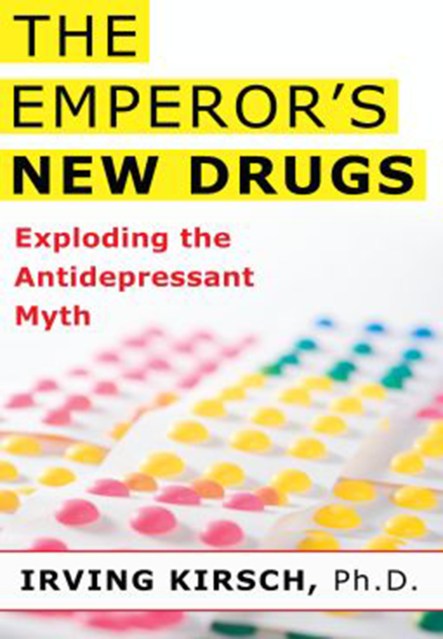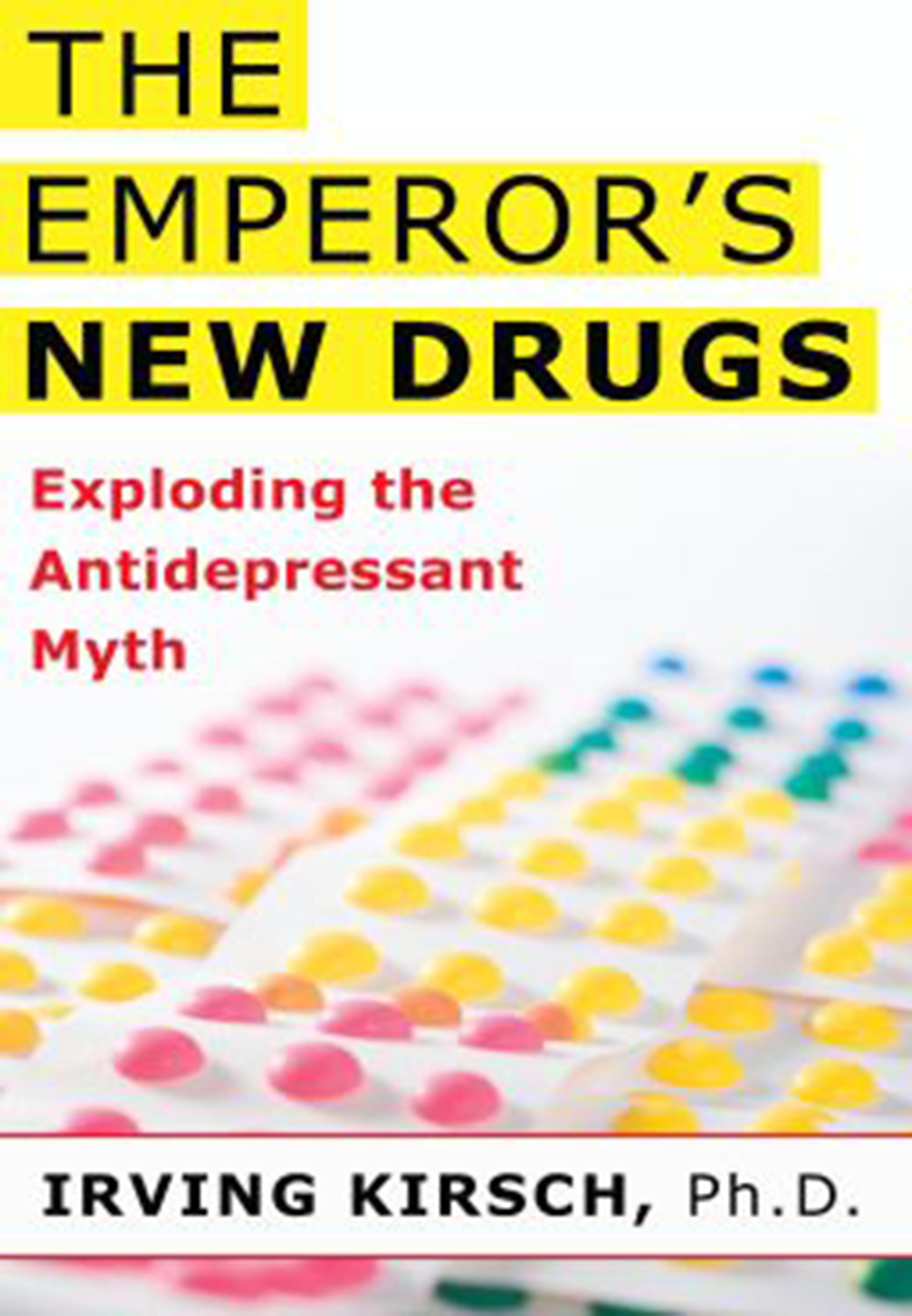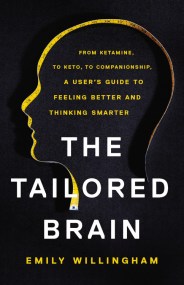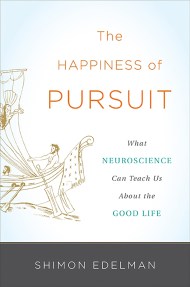Promotion
Use code BEST25 for 25% off storewide. Make sure to order by 11:59am, 12/12 for holiday delivery!
By clicking “Accept,” you agree to the use of cookies and similar technologies on your device as set forth in our Cookie Policy and our Privacy Policy. Please note that certain cookies are essential for this website to function properly and do not require user consent to be deployed.
The Emperor’s New Drugs
Exploding the Antidepressant Myth
Contributors
Formats and Prices
- On Sale
- Jan 26, 2010
- Page Count
- 240 pages
- Publisher
- Basic Books
- ISBN-13
- 9780465021048
Price
$9.99Format
Format:
- ebook $9.99
- Trade Paperback $19.99
This item is a preorder. Your payment method will be charged immediately, and the product is expected to ship on or around January 26, 2010. This date is subject to change due to shipping delays beyond our control.
Buy from Other Retailers:
The Emperor’s New Drugs makes an overwhelming case that what had seemed a cornerstone of psychiatric treatment is little more than a faulty consensus. But Kirsch does more than just criticize: he offers a path society can follow so that we stop popping pills and start proper treatment for depression.
Genre:
-
New Scientist
“[Kirsch’s] case that the drugs’ benefits are due to placebo and enhanced placebo effect is fascinating and demands urgent research…Clearly, it's time for a big rethink of what constitutes mental illness and about how to treat it.”
Literary Review (UK)
“[B]rilliantly subversive… a fascinating and disturbing book.”
Kelly Lambert, PhD, Professor of Psychology, Randolph-Macon College; President, International Behavioral Neuroscience Society; Author of Lifting Depression
“Considering the crude and nonspecific therapies that have been historically available for depression, the thought of a pill acting as an effective agent against the tumultuous symptoms of this disease was appealing to everyone in the mental health industry. But, as Irving Kirsch points out in this provocative and informative treatise, The Emperor’s New Drugs, this dream ultimately turned out to be a fairy tale. There was no prince of healing to provide the promised relief for patients. Kudos to Dr. Kirsch for his impressive scientific investigative reporting described in this book, forcing our attention away from the fairy tale and toward the reality of more effective treatment strategies for depression.”
David D. Burns, author of -
Feeling Good: The New Mood Therapy
“A beautifully written, profoundly important book.”
Druin Burch, author of Taking the Medicine
“A terrific account of how optimism, greed and scientific incompetence have misled us about the nature of depression and the drugs we throw at it.”
Psychology Today
“[The Emperor’s New Drugs] absolutely dismantles the case for antidepressants as a pharmacologically effective treatment.”
Publishers Weekly
“Writing with a broad audience in mind, Kirsch expands on this important topic in a lively style with clear, cogent explanations of the science involved, and many examples of the differences between solid and flawed research. The result is a fascinating book with broad implications for science policy.”
St. Petersburg Times
“Measured and laserlike in focus…The Emperor's New Drugs dismantles the case for antidepressants as a pharmacologically effective treatment.”
Charlotte Observer
“Kirsch…uses clear no-nonsense prose to marshal the extraordinary and convincing evidence needed to support his position.”
Newsletter Signup
By clicking ‘Sign Up,’ I acknowledge that I have read and agree to Hachette Book Group’s Privacy Policy and Terms of Use






